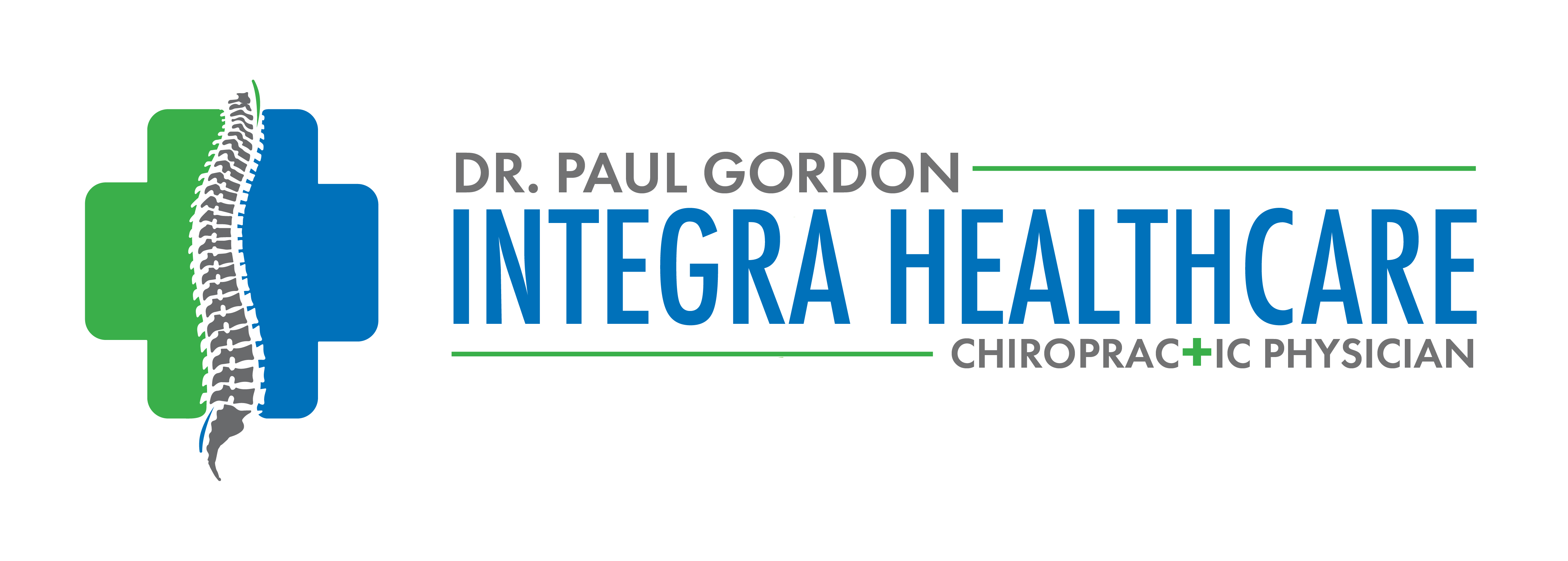Sprains, Strains, and Their Levels of Severity
Although mild injuries to muscles and tendons can be quickly cured, severe sprains and strains may take longer to heal. Like any personal injury, both have the potential to cause a great deal of pain and bodily damage. Of course, the amount of pain and damage depends on the level of severity. So what are common causes and symptoms of sprains and strains and when should you seek treatment? Here’s what you need to know.
personal injury, both have the potential to cause a great deal of pain and bodily damage. Of course, the amount of pain and damage depends on the level of severity. So what are common causes and symptoms of sprains and strains and when should you seek treatment? Here’s what you need to know.
Basically, sprain and strain are commonly used interchangeably to describe the stretching or tearing of soft tissue. However, there is a key differentiating factor. A sprain refers to the stretching or tearing of ligaments, or the tissue that connects two bones or holds a joint together. A strain, on the other hand, is the stretching or tearing of a muscle or tendon, which connects bone to muscle. Although these injuries involve different parts of the body, the two share similar signs, symptoms, treatment and prevention methods.
Mild Sprains and Strains
Common Symptoms
Whether you sprained your ankle exercising on an uneven surface or strained your back lifting heavy objects, you may experience some of the following common (but non-severe) symptoms:
- Pain
- Swelling
- Limited Flexibility
- Reduced Range of Motion
In addition, you may experience bruising if you suffer from a sprain or muscle spasms if you have a strain.
Treatment Methods
People with a mild sprain or strain should combine rest, ice, compression and elevation to treat their injury. A visit to the doctor is not necessary unless the pain becomes more severe.
Severe Sprains and Strains
Symptoms
With a severe sprain or strain, you may experience numbness in or around the injured area, an inability to move the affected body part, and/or severe pain. As a result, it’s important to visit a doctor for treatment, as some injuries may require surgery.
Treatment Methods
Unless the patient additionally suffers from a broken or fractured bone, chiropractic is an effective treatment method for severe sprains and strains. As chiropractic focuses on treating the musculoskeletal system, it offers many non-invasive treatment plans for disorders involving joints, muscles, and ligaments. Dr Paul J. Gordon and his team of rehab specialists particularly offer the following treatment methods:
- Manual join and soft tissue mobilization
- Therapeutic massage
- Physical rehabilitation
- Physical therapy stretches and exercises
- ELDOA stretches
Each patient requires personalized care, so each treatment plan will combine methods necessary for a safe and successful recovery. In addition, we teach our patients a wide range of injury prevention methods.
Injury Prevention
No matter the severity of a sprain or strain, recovery takes time. This means it’s important to understand injury prevention methods, especially if you are an athlete. Here is what Dr. Paul J. Gordon and his team recommends:
- Warm up before every workout: Many sprains and strains occur as a result of an insufficient warm up. So make sure to stretch your muscles prior to beginning your routine.
- Know the conditions of your surroundings: Slippery or uneven surfaces increase the risk of injury, so stay aware of these conditions.
- Monitor your equipment: Broken gym equipment can easily lead to a sprain or strain. Make sure to report any dysfunctional machines.
- Stay active: Letting your body get out of shape not only affects your health, but also increases the risk of injury on a daily basis. This means it’s important to stay active.
Overall, it’s vital to understand sprains, strains, and their levels of severity and seek treatment if your injury is serious. Not sure where to receive treatment? You can simply choose the practice of Dr. Paul J. Gordon at Integrated Spine & Disc. We are here to help by offering a multi-disciplinary practice. Call our clinic to schedule an appointment today.
Leave a reply
Leave a reply